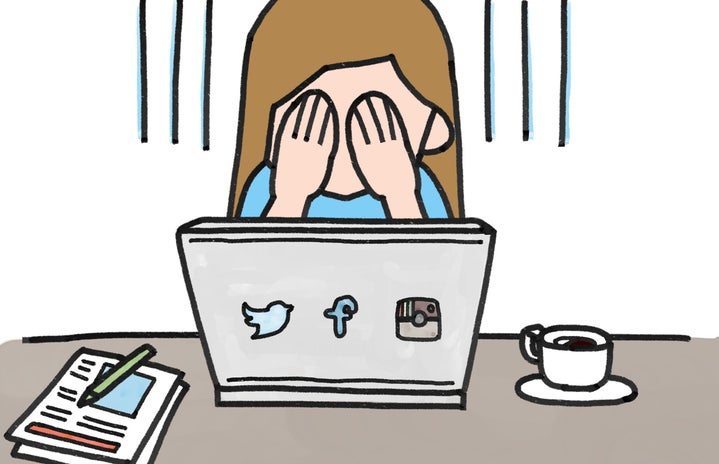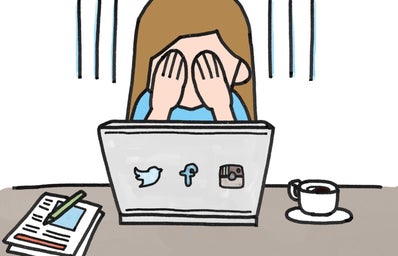When I was 14, my best friend told me to make a “secret Instagram” that would follow other similarly used accounts as some sort of “weird little community.” She told me to choose a quirky username so people couldn’t tell that I was the one attached to the account. She had made one with the username @pearsixty and posted random photos that only about 12 followers saw. I asked her what the inspiration behind her username was and she said, “I like pears and the number 60.” It made sense.
What I didn’t realize was that this secret community would turn into a social media phenomenon – the “finsta,” or fake Instagram. This was to be a supplemental account to the “rinsta” – real Instagram – and contained content that was only to be shared with a select group of people. UrbanDictionary defines it as “a spam Instagram account where people post what they are too afraid to post on their real account.”
When I first started using my finsta, this was the exact purpose of it. The account was a way for my high school peers and me to complain about school, share funny and sometimes incriminating photos from the weekend’s house party, and connect and comment on it all in one convenient place.
In a lot of ways, I think the finsta helped lessen the pains of high school. Growing up in a generation that hardly knew a time without social media, one that was constantly editing and curating their lives on the internet, it was refreshing to have a place where that wasn’t necessary.
However, as the finsta has become more and more popular, I have watched it divulge into a place where people can shout their deepest darkest secrets into the depths of the internet. It’s no secret that one of the greatest benefits of social media is the way that one person is able to reach millions and open discussions on otherwise taboo subjects. But I have seen the posts on my peers’ finstas go from funny videos and unflattering photos to cryptic and sometimes very concerning messages about their own well-being and mental health.
This is not to say that people shouldn’t be given the freedom to post what they want, when they want on the internet. Disclosing these extremely personal issues on extra private accounts speaks more to the lack of connection we find in our lives due to the rise of an online presence.
I’ve discovered a lot of personal information about my peers through the internet and while I am glad that they feel comfortable disclosing it even in some capacity, it still saddens me that the anonymity of an iPhone screen is what allows people to be this transparent. While social media does bring awareness, it can also be incredibly isolating. Even if these concerns are shared over private accounts, it can often feel like no one is listening.
I don’t propose that we get rid of finstas, but I wish to acknowledge the toxic environment they sometimes harness. There is the danger that we one day will not be able to express ourselves face to face and, as a result of that, feel even more isolated if people can openly discuss their struggles to an online audience.
My best friend and I still use our finstas, sometimes as a way to keep each other updated on our post-high school lives. She lives across the country now, and every so often I can check and see what shenanigans she has gotten herself into. I don’t hate the concept of the finsta because I like the informality it brings to our overly curated online personas. Social media does bring people together, and we do need spaces to be authentic. Perhaps the finsta is the stepping-stone to getting back to a social media presence that is less curated and filtered. Maybe that’s wishful thinking.


